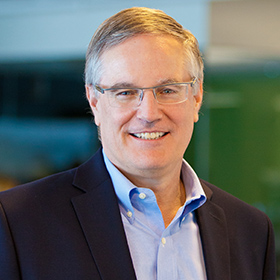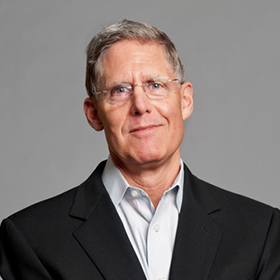As U.S. nonprofits take on an increasing share of society's work, they face mounting pressure from stakeholders - donors, boards, employees - to show results. To make the greatest possible impact, they need to explicitly state the outcomes they're aiming for and how they plan to accomplish those goals. The authors, of the Bridgespan Group, say organizations should start by rigorously addressing a few interdependent questions:
- Which results will we hold ourselves accountable for?
- How will we achieve them?
- What will the results really cost, and how can we fund them?
- How do we build the organization we need to deliver those results?
Together, those questions provide a framework for developing pragmatic, specific plans of action. Rheedlen Centers for Children and Families stepped up its performance by using such a framework. Ten years ago, the agency offered a host of programs - including an initiative called the Harlem Children's Zone - designed to improve the lives of poor children in devastated U.S. communities. Despite Rheedlen's efforts, supported by a $7 million budget, the prospects for Harlem's children appeared to be getting worse. So the organization changed its name simply to the Harlem Children's Zone, and linked its mission to a concrete statement of intended impact: namely, that 3,000 children, ages 0 to 18, living in the zone should have demographic and achievement profiles consistent with those found in an average U.S. middle-class community. HCZ's leaders discontinued or transitioned out of activities that were not in line with that outcome and took on new ones that were. They also diversified HCZ's funding, shook up and expanded the management ranks, and invested money in evaluating results. Over the past five years, HCZ has added 10,500 children to the population it serves and almost $40 million dollars to its budget.
We also invite you to read some of our other articles:




